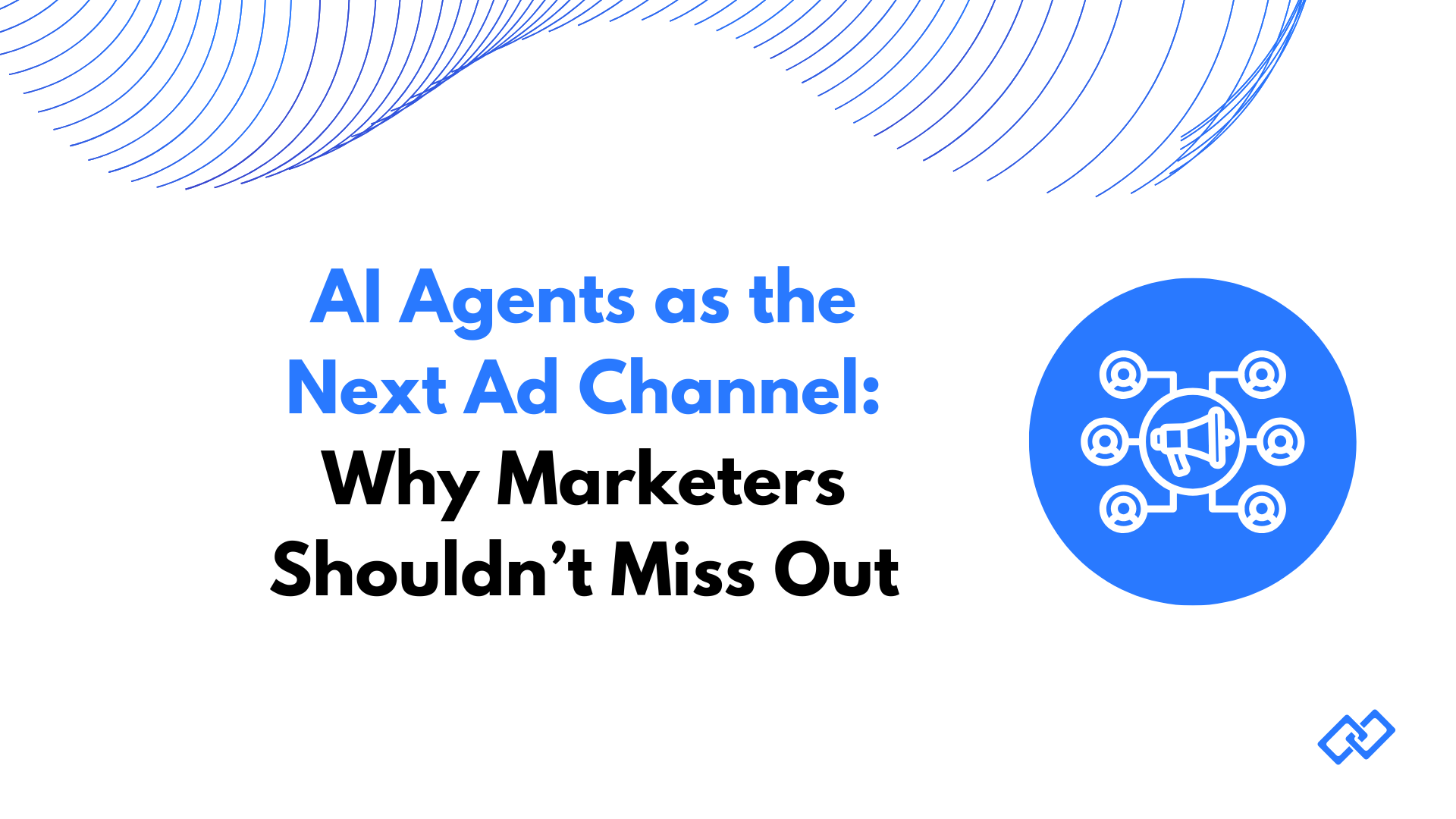Why Marketers Can't Ignore Ads in LLMs

Summary
LLMs are rapidly becoming daily-use tools for work, research, shopping, and decision-making.
Ads inside LLMs are a new high-intent channel marketers can no longer overlook.
Unlike banners or social feeds, these ads are contextual, conversational, and measurable.
Introduction: A Shift in Attention
For nearly two decades, marketers relied on the same pillars:
Search ads (Google) captured intent.
Social ads (Facebook, TikTok, Instagram) leveraged community and identity.
Display ads scaled visibility across the web.
But user behavior is evolving again. Millions of people now spend hours each day inside LLM-powered agents and assistants, asking for recommendations, comparing options, and seeking guidance.
If conversations are the new search box, then ads in LLMs are the next billion-dollar opportunity.
Why Ads in LLMs Matter
1. High-Intent User Queries
Social ads work because of targeting. Search ads work because of keywords. But LLM ads? They combine both: live intent expressed in natural language.
User asks: "What's the best CRM for a 5-person startup?"
User asks: "Which skincare brand is safest for sensitive skin?"
These queries are laser-focused, showing real purchase intent that marketers dream of.
2. Scale of Conversations
Chat-based interfaces are becoming mainstream. According to Exploding Topics, ChatGPT alone surpassed 180M monthly users in 2024.
Now add enterprise AI agents, niche assistants, and embedded features across productivity suites — and you get billions of conversations happening monthly. Each one is a monetizable touchpoint.
3. Context Over Clutter
Traditional ads interrupt.
LLM ads integrate.
Placed inside conversation flow, they feel like relevant recommendations, not distractions. This contextual relevance means higher CTR, more engagement, and stronger assisted conversions.
How LLM Ads Work
Unlike banners or pre-rolls, LLM ads are native and contextual.
Example:
User: "What's the best project management software for small teams?"
LLM response: "Here are 3 top tools… Sponsored: Taskly CRM offers free plans for startups."
The ad feels like an extension of the answer — valuable, timely, and action-driven.
Marketer Benefits Compared to Other Channels
Versus Search Ads: No guessing keywords — ads are triggered by actual user queries.
Versus Social Ads: Not about demographics — it's about real-time needs.
Versus Display Ads: No competing for attention — ads appear inside the focus of conversation and there's no ad fatigue
LLM ads combine the precision of search with the scale of social, all while offering a higher trust environment.
What This Means for Marketers
1. New KPIs and Metrics
Classic digital KPIs remain — CPM, CPC, CTR, CPA.
But conversational ads add layers:
Engagement within chat: Do users click or expand sponsored answers?
Assisted conversions: Did chatbot exposure influence later sign-ups or purchases?
Post-chat attribution: Did the conversation impact the customer journey beyond the session?
2. Better Targeting, Less Waste
Instead of guessing interests or relying on cookies, LLMs allow real-time contextual targeting. That means less wasted spend and more efficient campaigns.
3. Competitive Edge Through Early Adoption
Just like the early 2000s were golden years for cheap Google Ads, 2025 is the window for LLM ads. Marketers who move early will secure:
Prime inventory.
First-mover brand recognition.
Lower costs before demand spikes.
Case Example: E-Commerce
Imagine a consumer asks their AI assistant:
"What's the best gift under $100 for a new parent?"
An LLM ad placement could include a sponsored product recommendation from a baby brand.
Context is perfect.
Intent is clear.
Ad feels natural, not intrusive.
This outperforms generic display ads because the suggestion comes in a moment of decision-making.
Case Example: SaaS Marketing
A founder types into an AI agent:
"I need lightweight project management software for my 3-person startup."
The assistant lists common tools — and adds a sponsored mention of a new SaaS app.
Relevance is high.
Brand gets visibility in the exact moment of research.
Measurable attribution: track how the ad drives trial signups.
How Adsbind Bridges the Gap
For marketers, the challenge is execution. Few want to negotiate with devs or build custom integrations.
That's why Adsbind is the solution:
Plug-and-play access → run campaigns without writing code.
Brand safety → curated ad inventory, safe environments.
Attribution dashboard → measure both direct and assisted conversions.
Developer ecosystem → Adsbind connects you with the LLM apps where ads appear.
It's the missing bridge between advertisers hungry for new channels and developers needing monetization.
The Future of AI Advertising
By 2030, conversational AI will be as common as search engines today.
LLMs will guide buying decisions across finance, healthcare, education, and commerce.
Ads will be embedded natively into those interactions.
The winners will be brands that enter early and learn how to balance utility with promotion.
Marketers who ignore this shift risk falling behind — just as many ignored search ads in the early 2000s or social ads in the early 2010s. If you want to explore this topic further you can check our business case.
Final Thoughts
LLMs are not just tools for developers — they're becoming the default environment for consumer and business decision-making.
Conversations = intent-rich queries.
Scale = billions of monthly sessions.
Ads = native, contextual, measurable.
That's why marketers can't ignore ads in LLMs. The opportunity is too significant, and the first movers will enjoy the largest rewards.
👉 Ready to start? Join the Adsbind waitlist and make sure your brand is part of the first wave shaping conversational advertising.